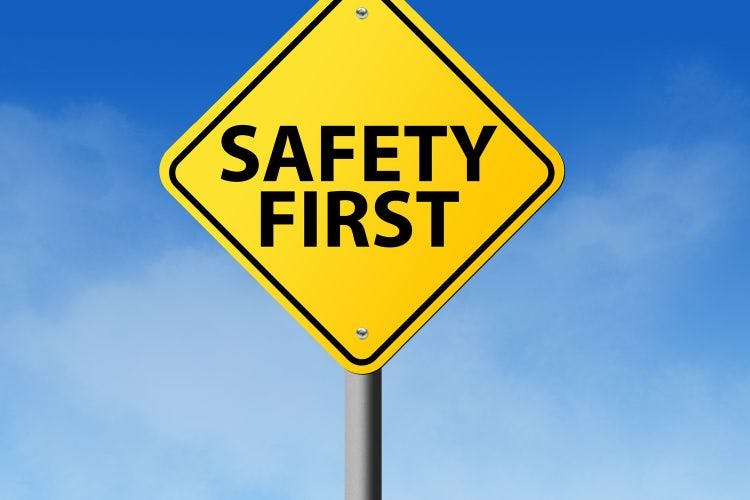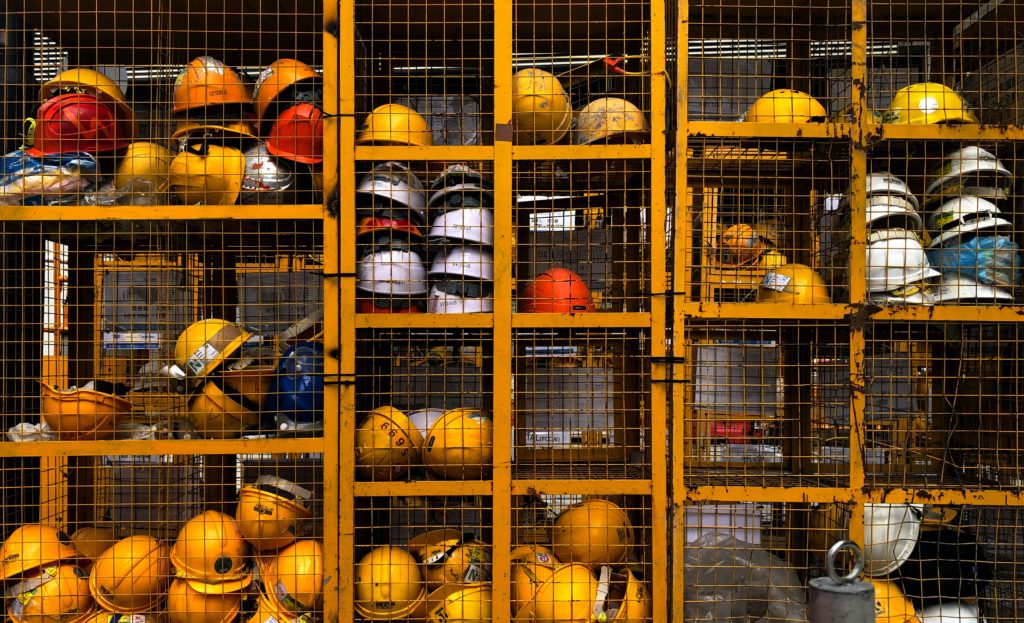

In today’s fast-paced world, the demand for flexible learning options is on the rise. This brings us to a pertinent question: Can you do a health and safety course online? The short answer is a resounding yes, and the implications of this are far-reaching for both employees and employers.
The internet has revolutionized many aspects of our lives, including how we learn. Online learning has become a popular choice for individuals seeking to enhance their knowledge and skills. Health and safety training is no exception.
With an array of online courses available, individuals and businesses can now access vital training with just an internet connection and a computer.

One of the most significant benefits of online health and safety courses is their accessibility. You can complete these courses at your own pace, a boon for those balancing work and personal responsibilities. Whether it’s a course on operating machinery, understanding electrical hazards, or learning about construction safety, the flexibility of online learning caters to diverse needs.
Platforms like the American Society of Safety Professionals (ASSP), Safety Services Direct, OSHAcademy, and OSHA.com offer a wide range of courses. These cover various topics, from basic understanding of health and safety issues to more specialized subjects like hazardous materials and ISO 45001.
The #1 to make money online with TikTok Search (FREE TRAINING)

Qualified Health and Safety officers with experience have a unique opportunity to share their knowledge on platforms like Teach.io. By developing a course, they can leverage their practical expertise and insights to create comprehensive and engaging content.
The process typically involves outlining the course structure, incorporating real-life scenarios and case studies, and using interactive elements to enhance learning. They can also include assessments to evaluate understanding.
By doing so, these professionals not only contribute to the growth and development of others in their field but also establish themselves as thought leaders and experts in Health and Safety.

Occupational safety is a critical concern for businesses across the globe. By enabling employees to undertake health and safety training online, employers can ensure a safer workplace. This is particularly relevant for areas such as personal protective equipment, first aid, and safety practices.
A qualification in Health and Safety (H&S) opens up various career opportunities across different industries. Here’s an overview of the potential jobs, what they entail, and the industries that employ H&S professionals, along with the qualifications employers look for.

Occupational Safety and Health (OSH) professionals play a crucial role in ensuring the safety and wellbeing of workers. Their duties can be diverse and may include:
H&S professionals are in demand across various sectors worldwide. Some of the key industries include:
These professionals work in diverse settings, from offices to factories and construction sites, often involving travel and fieldwork.

An H&S career can lead to positions globally in varied fields like aviation, construction, education, food and drink, and oil and gas. The typical career progression might start from a health, safety, and environment officer or adviser, moving up to senior adviser and then manager.
There are also opportunities in consultancy or training/education. Common previous areas of work for those transitioning into H&S include the Armed Forces, construction/site management, engineering, education, and manufacturing/production.
To become an OSH professional, a blend of technical knowledge and core skills is essential. These skills include communication, digital literacy, listening, problem solving, conflict management, and creativity. Educational routes into OSH vary globally and can include apprenticeships, vocational qualifications, or university degrees.
Relevant degree fields include environment, environmental health, science, management, wellbeing and public health, civil and environmental engineering, food safety, occupational hygiene, food and nutrition, nuclear engineering, and biomedical engineering.
A Health and Safety qualification can lead to a versatile and demanding career in various industries, requiring a combination of technical expertise and interpersonal skills. The scope for progression and transition from other fields makes it a dynamic and attractive career choice.

When employees engage in safety training, they gain knowledge and skills that make them more aware of safety issues. This awareness is crucial in identifying potential hazards, understanding emergency procedures, and implementing preventative measures.
For businesses, compliance with health and safety regulations is non-negotiable. Online courses provide an efficient way to ensure that employees are up-to-date with the latest safety guidelines and practices. This is particularly important in industries where regulations and best practices are constantly evolving.

Imagine a construction worker who has just completed an online course in construction safety. Equipped with this knowledge, they can identify potential dangers on-site and take appropriate action, perhaps preventing a serious accident. Or consider a factory worker who, after an online first aid course, becomes the first responder in an emergency, providing crucial aid before professional help arrives.
Aside from the obvious safety benefits, online health and safety training offers several other advantages:
Upon completion of a safety program or health training program, participants receive certificates that are recognized worldwide, a testament to their commitment to safety. This not only boosts the individual’s profile but also enhances the safety credentials of their employer.
The #1 to make money online with TikTok Search (FREE TRAINING)

While online courses offer convenience and flexibility, in-person classes have their own benefits, such as hands-on experience and direct interaction with instructors. Deciding which mode of learning is best depends on individual circumstances and learning preferences. For more insights, consider reading Online Course vs In-Person Classes.
Starting an online health and safety course is straightforward. With just a computer and an internet connection, you can access a wealth of knowledge. But how do you ensure success in an online course? For tips on maximizing your online learning experience, check out: How to be Successful in an Online Course.
In conclusion, the answer to the question, can you do a health and safety course online? is a definitive yes. Online courses in this field are not just a convenience; they are a necessity in our ever-evolving, fast-paced world. They empower individuals and organizations with the knowledge and skills needed to maintain a safe working environment, comply with regulations, and foster a culture of safety and awareness.
Whether you’re an employee looking to enhance your skills, an employer seeking to ensure a safe workplace, or someone considering a career in health and safety, online courses offer an accessible, flexible, and comprehensive solution. So why wait? Embark on your journey towards a safer, more informed workplace today.





